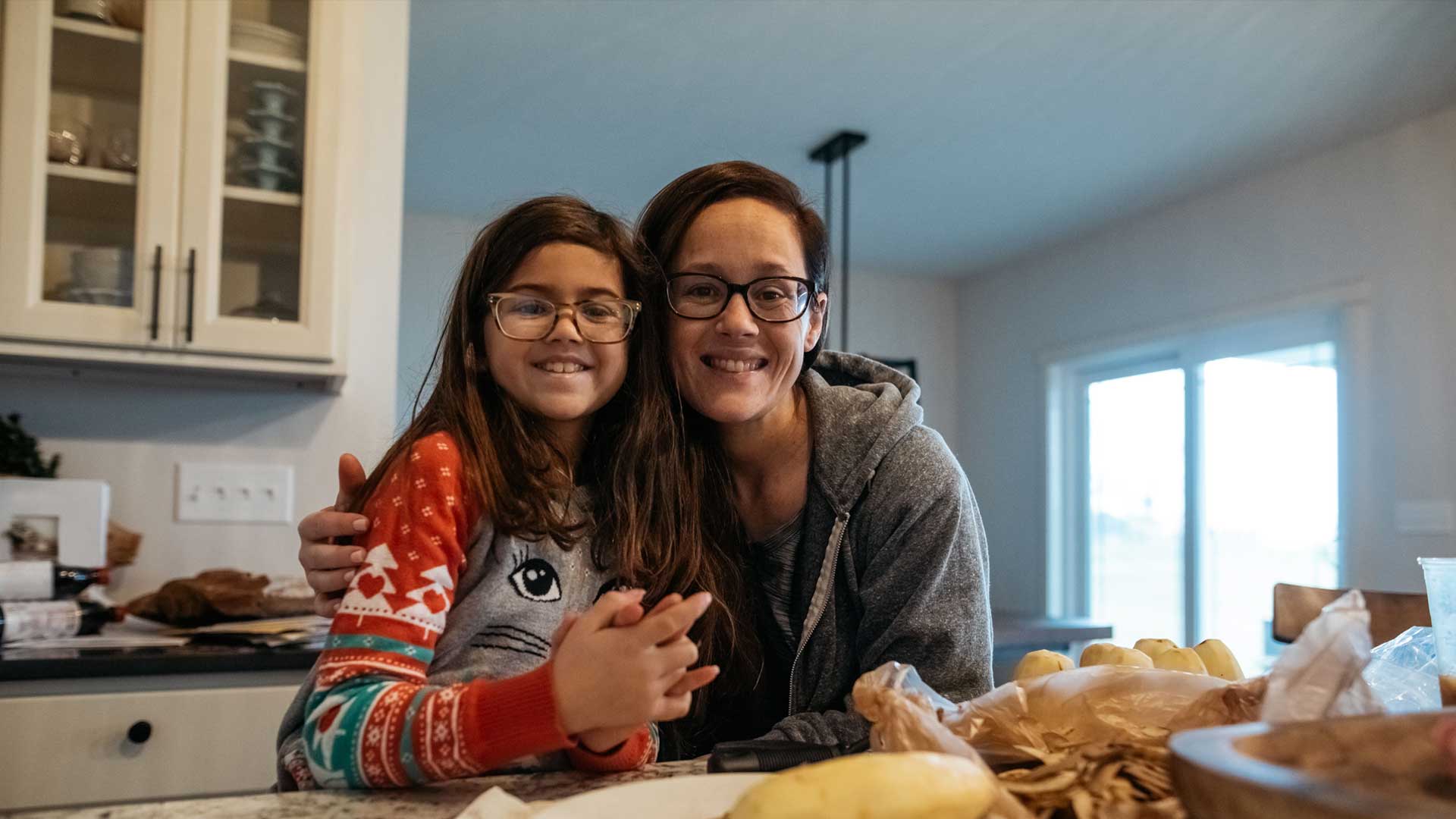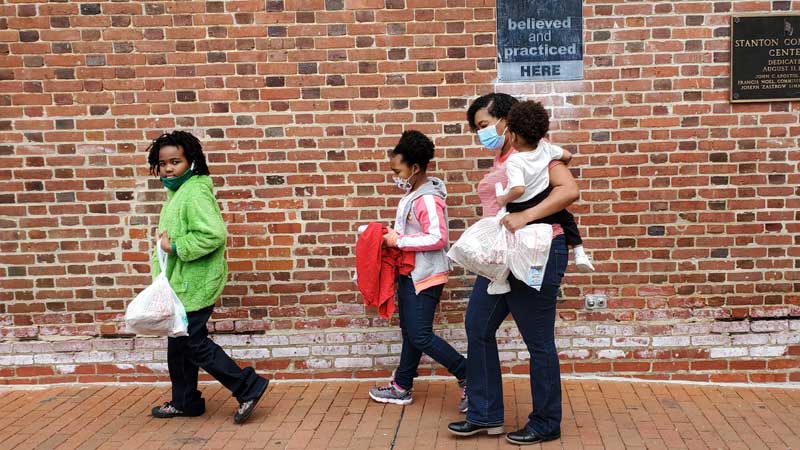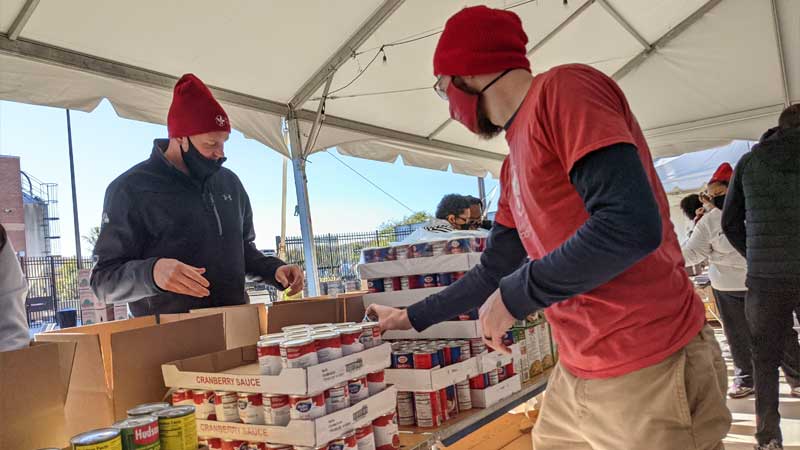When Public Perception Matches the Reality of Hunger

At the Maryland Food Bank, understanding perceptions and attitudes about hunger in Maryland is key to our ability to form new partnerships and bring more allies to the table in support of our efforts to distribute more nutritious foods and expand pathways out of hunger.
That’s why in 2013, and again in 2017, we commissioned surveys of Maryland households to gauge their opinions about the state of hunger in Maryland, how well residents understand the issue, and how it should be addressed by our elected officials. The results showed a widespread recognition of the issue, as well as an interest in having local and state officials provide more resources to fight hunger.
Fast forward five years, and one global pandemic, and the hunger landscape has changed considerably. In late 2021, we once again surveyed randomly selected Maryland households across our service area (the entire state excluding Montgomery and Prince George’s counties) and found that one-third of residents (33%) have been affected by hunger or food insecurity themselves.

“As difficult as it is to hear that one in three Marylanders may be facing food insecurity, this survey matches the results of our own Maryland Hunger Map analysis that shows this is indeed the case,” said Meg Kimmel, MFB’s Executive Vice President & Chief Strategy Officer.
“But working together with our statewide network of community organizations,” she added, “we’re confident we can begin to bring these numbers down by launching new ideas and partnerships that expand food access and address the underlying causes of food insecurity.”
Overall, results show that there is more awareness of hunger, that it’s having more of a personal impact on people, and — overwhelmingly — that Marylanders want the state to increase the resources devoted to addressing it.
Recognizing That Our Neighbors Are Suffering
According to the survey, about 30% of Marylanders worry about their own household’s financial situation every day. This high response is troubling because a lack of financial resources is the primary root cause of hunger.
And while people are concerned about their own living situations, they also understand the devastating effects hunger can have on Maryland families. Nearly 80% of people surveyed recognized that “there are people that regularly go to bed hungry in Maryland because they can’t afford to buy food” and 75% acknowledged that “hunger exists in their communities,” which is up 20% over 2017 results.

Even as the pandemic has brought a variety of societal issues to light, hunger in Maryland remains prominent in people’s minds, as almost six out of ten Marylanders think “hunger is a concern we should be worried about and want to see more done about it.”
But there is hope on the horizon.
Advocating for the Change Marylanders Want to See
Throughout the poll, there is ample evidence that the pandemic is animating Marylanders and fundamentally changing their expectations of what their government should deliver to them and to their communities.
In fact, 82% of people want the state to invest more in programs that address root cause solutions, and 75% of the respondents want more state funding to address the issue of hunger.
Notably, Marylanders’ interest in funding anti-hunger programs spans the political spectrum, as 88% of Democrats, 64% of Republicans, and 66% of unaffiliated voters would like to see more of their state tax dollars committed to addressing food insecurity.
It’s clear that Marylanders are thinking differently about government and want more active, problem-solving approaches to dealing with hunger.
And that’s where MFB comes in. In addition to our emergency response efforts throughout the pandemic, we’ve been working on collaborating with community partners to provide resources beyond food to address the root causes of hunger so more Marylanders can become financially stable.
Part of that ongoing work also involves taking on the very systems, policies, and practices that have trapped far too many Marylanders in generational cycles of poverty and food insecurity — work that we hope to amplify and advance through advocacy.
“We’ve used our 43 years of experience and expertise to refresh our strategic plan, and these results — that our efforts are soundly supported by a wide spectrum of Marylanders — bolster our confidence and fuel our passion to do more for more Marylanders.”
We’re heartened to know that so many Marylanders recognize how hunger holds us all back and want to see more done about it. If the fight to end hunger in Maryland is one you want to join, consider signing up for our newsletter to learn more.
Get updates on our progress in the fight against hunger
Want to see how your involvement directly impacts the well-being of your neighbors in need? Get the latest news sent to your inbox.






